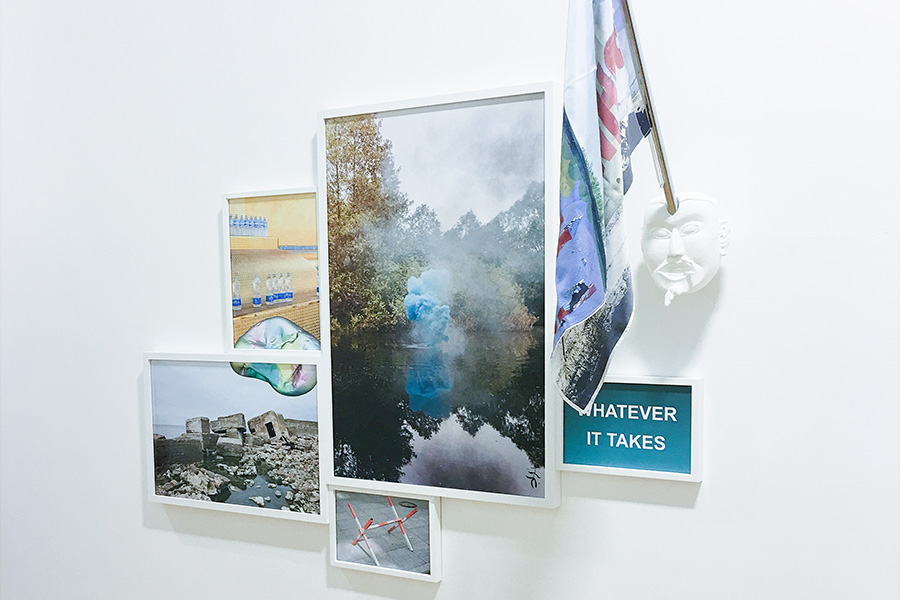A cosa serve l’utopia
Galleria Civica di Modena
Friday 27 April – Sunday 22 July 2018
Works by:
Abbas, Bruno Barbey, Yael Bartana, Taysir Batniji, Ian Berry, Roberto Brancolini, Henri Cartier-Bresson, Mario De Biasi, Fabio Boni, Leonard Freed, Francesco Jodice, Hector Lopez, Swetlana Heger, Alejandro Hoppe, Paula Haro Poniatowska, Iosif Kiraly, Jorge Laniszewski, Alex Majoli, Filippo Minelli, Daido Moriyama, Melina Mulas, Oscar Navarro, Ulises Nilo, Luis Poirot, Mark Power, Ishmael Randall Weeks, Aldo Soligno, Chris Steele-Perkins, Mladen Stilinovič, Jinoos Taghizadeh, Angeles Torrejon, Franco Vaccari, Pedro Valtierra, Akram Zaatari, Patrick Zachmann, Zelle Asphaltkultur.
Utopia was described by Eduardo Galeano as an unreachable horizon, one which moves further away from us with every step we take towards it. Hence, wondering “what utopia is for,” the Uruguayan writer concluded: “to walk towards.” There is a perennial tension between the drive forward given by the hope for change, by the act of resistance, by the gesture of revolt on one hand and the retreat, the disillusionment, the bitter reflection on missed opportunities on the other.
The exhibition explores this tension through photographic and video works by Italian and international artists and photographers, including Mladen Stilinovic, Akram Zaatari, Yael Bartana, Daido Moriyama, Mario De Biasi and Francesco Jodice, from the collection heritage managed by the FONDAZIONE MODENA ARTI VISIVE and belonging to the Fondazione Cassa di Risparmio di Modena and Modena City Council/Galleria Civica, in particular the Photography Collection set up in 1991 in the wake of the donation of the collection of the Modenese artist and photographer Franco Fontana.
The exhibition itinerary places the works in dialogue with a number of images chosen from the archive of the Magnum photo agency, which through the eyes of great photo reporters such as Abbas, Bruno Barbey and Alex Majoli, portray the key moments of revolts and revolutionaries in many countries, from Eastern Europe to Latin America, from China and Japan to the United States.
The exhibition thus sets up a two-fold dialectic. The cyclical alternation of the construction and destruction of the ideal – processes whose icons and their fate are an integral part of – outlines utopia as a practice of political and social rebellion which may have an immediate feedback but which, over time, is reinterpreted by contemporary artists and photographers in the light of what it has turned into. At the same time, the close dialogue between images created for different purposes—those designed to recount political current affairs in the media, and those designed to ponder shortcomings and changes, inheritance and perspectives—creates a comparison between various apparently contrasting practices of photography and yet ones that are deeply interdependent.

